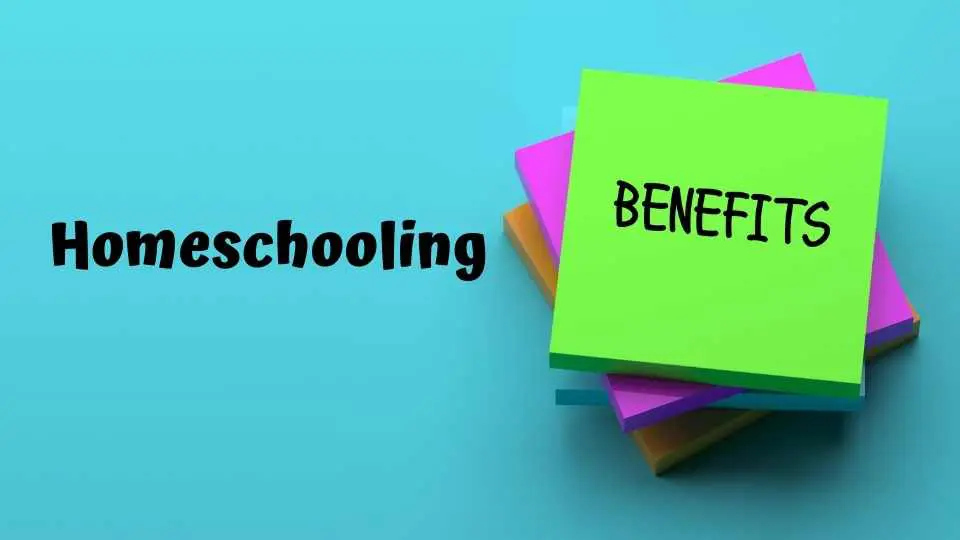To learn and understand what STEM education is, we must know it is an interdisciplinary approach to teaching and learning Science, Technology, Engineering, and Mathematics. It aims to provide students with knowledge and skills that will help them succeed in the modern world. STEM education is becoming increasingly important as many jobs in today’s world require skills and knowledge in these fields. STEM education focuses on project-based activities that require critical thinking, problem-solving, and creativity.
STEM Education Defined
STEM stands for Science, Technology, Engineering, and Mathematics, and STEM education refers to the teaching of these subjects in an integrated and interdisciplinary manner. In other words, STEM education involves learning science, technology, engineering, and math through hands-on, project-based activities that integrate knowledge from all four subjects. STEM education also emphasizes critical thinking, problem-solving, and creativity.
Moreover, STEM education teaches kids essential skills that are transferable to many other areas of life. For example, problem-solving and critical thinking skills learned in STEM education can be applied to any field or profession, while the hands-on nature of STEM education fosters creativity and curiosity.
The Benefits of STEM Education for Kids
STEM education offers several benefits for kids that extend beyond the classroom. Planning for homeschooling parents are also adapting to it. Some of these benefits include:
Development of Critical Thinking and Problem-Solving Skills
STEM education emphasizes problem-solving and critical thinking skills. This means that students learn how to approach problems from different angles, develop solutions, and test them. These skills are essential for success in many fields, including medicine, engineering, and technology.
Improvement of Creativity and Innovation
STEM education encourages students to be creative and innovative in their problem-solving. Students are encouraged to experiment, take risks, and think outside the box. This can help them develop the skills and confidence needed to tackle challenges in other areas of their lives.
Preparation for Future Careers
STEM jobs are projected to grow faster than the average growth rate for all occupations. This means that there will be more opportunities for individuals with skills and knowledge in these fields. STEM education provides students with the skills and knowledge they need to succeed in these fields and other careers.

How to Teach STEM Education to Kids
Teaching STEM education to kids can seem daunting, but it doesn’t have to be. Parents can start by incorporating STEM activities into their children’s daily routine. For example, cooking can be an excellent opportunity to teach kids about measurement, chemistry, and nutrition. Building with blocks or LEGOs can introduce engineering concepts such as balance, symmetry, and stability. And playing video games or programming robots can teach kids about computer science and coding.
There are also many online resources and educational programs that parents can use to supplement their children’s STEM education. Websites like Khan Academy, Code.org, and NASA’s STEM Education Resource Center offer free online courses, tutorials, and activities that cover a wide range of STEM topics. In addition, there are many STEM-based camps, workshops, and classes that parents can enroll their children in to provide more structured learning opportunities.
Parents can help their children develop an interest in STEM education by incorporating STEM activities into their daily routine. Some of these activities include:
Conducting Science Experiments
Science experiments are a great way to teach kids about the scientific method and encourage them to think critically. Parents can use simple experiments to teach their kids about scientific concepts like buoyancy, density, and magnetism.
Building with Blocks and LEGOs
Building with blocks and LEGOs is a great way to introduce engineering concepts like stability, symmetry, and balance. Kids can use their creativity to design structures and test their stability.
Coding and Robotics
Coding and robotics are great ways to introduce kids to computer science and engineering concepts. There are several online resources and courses available to teach kids coding and robotics. These activities can help kids develop problem-solving and critical thinking skills.

Important to know!
STEM education is becoming increasingly important in today’s world. It offers several benefits for kids, including the development of critical thinking and problem-solving skills, improvement of creativity and innovation, and preparation for future careers. Parents can help their children develop an interest in STEM education by incorporating STEM activities into their daily routine, using online resources, and enrolling them in STEM-based programs. With the right resources and activities, kids can develop a lifelong interest in STEM and set themselves up for future success.
FAQs about STEM Education
What does STEM stand for?
STEM stands for Science, Technology, Engineering, and Mathematics.
What is STEM education?
STEM education refers to the teaching of science, technology, engineering, and math in an integrated and interdisciplinary manner. It involves hands-on, project-based activities that incorporate knowledge from all four subjects, while emphasizing critical thinking, problem-solving, and creativity.
Why is STEM education important?
STEM education is important because many jobs in today’s world require skills and knowledge in science, technology, engineering, and math. It equips students with the necessary knowledge and skills to succeed in the modern world.
What are the benefits of STEM education for kids?
Some benefits of STEM education for kids include the development of critical thinking and problem-solving skills, improvement of creativity and innovation, and preparation for future careers in STEM fields.
How can parents teach STEM education to kids?
Parents can teach STEM education to kids by incorporating STEM activities into their daily routine. They can use everyday activities such as cooking, building with blocks or LEGOs, and playing video games or programming robots to introduce STEM concepts. Online resources and educational programs are also available to supplement STEM education at home.
Are there any online resources for STEM education?
Yes, there are many online resources available for STEM education. Websites like Khan Academy, Code.org, and NASA’s STEM Education Resource Center offer free online courses, tutorials, and activities covering a wide range of STEM topics.
Are there STEM-based programs or classes for kids?
Yes, there are STEM-based camps, workshops, and classes that parents can enroll their children in to provide more structured learning opportunities. These programs offer hands-on activities and specialized instruction in STEM subjects.
How can STEM education benefit kids beyond the classroom?
STEM education benefits kids beyond the classroom by developing skills that are transferable to many areas of life. Problem-solving and critical thinking skills learned in STEM education can be applied to any field or profession. The hands-on nature of STEM education fosters creativity and curiosity, helping kids tackle challenges in various aspects of their lives.
What are some examples of STEM activities for kids?
Some examples of STEM activities for kids include conducting science experiments, building with blocks and LEGOs, and engaging in coding and robotics. These activities encourage hands-on learning and the application of STEM concepts.
Why should parents encourage their children to pursue STEM education?
Parents should encourage their children to pursue STEM education because STEM jobs are projected to grow faster than the average growth rate for all occupations. By developing skills and knowledge in STEM fields, children can increase their future career opportunities and be better prepared for the demands of the modern workforce.
Conclusions
In conclusion, STEM education, encompassing Science, Technology, Engineering, and Mathematics, represents a crucial approach to modern learning. It encourages an interdisciplinary, hands-on teaching and learning method, nurturing critical thinking, problem-solving, and creativity in students. The benefits of STEM education for children extend well beyond the classroom, preparing them for future careers, fostering innovation, and equipping them with adaptable skills.
Parents play a significant role in nurturing their children’s interest in STEM by incorporating STEM activities into daily life, utilizing online resources, and enrolling them in STEM-based programs. Online platforms like Khan Academy, Code.org, and NASA’s STEM Education Resource Center offer valuable resources, while specialized camps and workshops provide structured learning opportunities.
Encouraging children to pursue STEM education is essential, given the increasing demand for STEM skills in the job market. By doing so, parents empower their children with the knowledge and capabilities needed to succeed in the modern world and embrace the exciting challenges of the STEM fields. STEM education is not only a gateway to promising career opportunities but also a pathway to lifelong learning and innovation.





